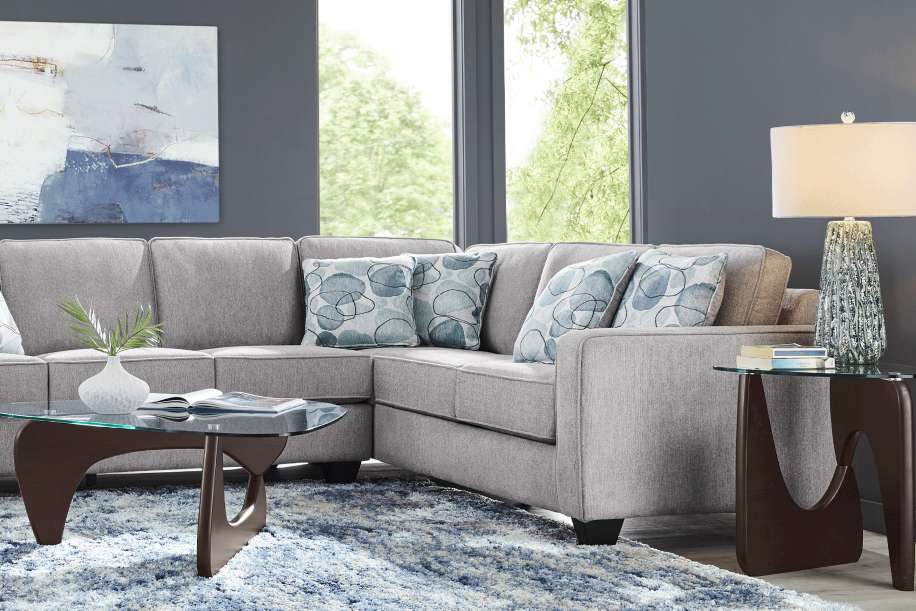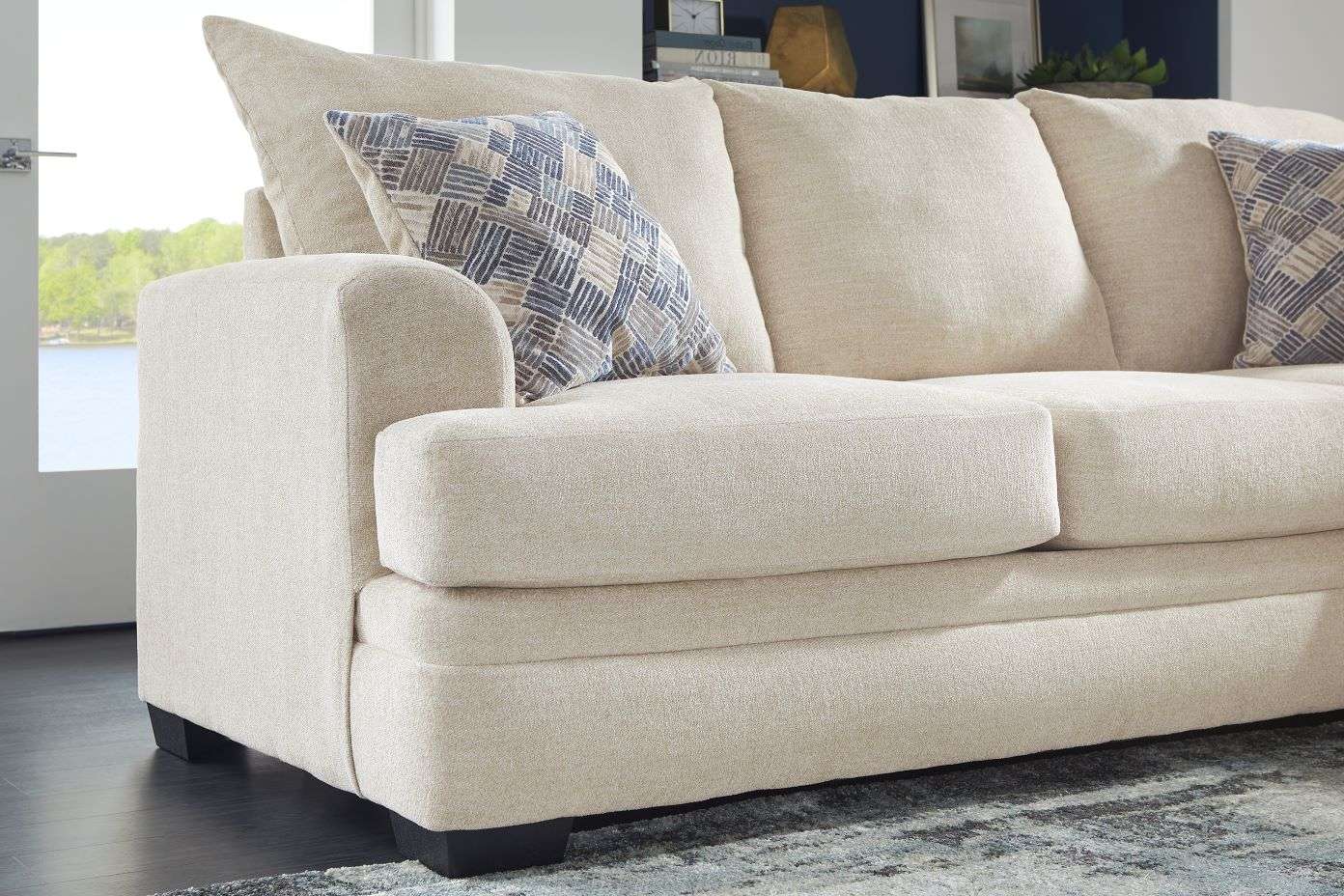
Interior Design Styles: Modern vs. Transitional Furniture
Shape your home’s atmosphere and utility with a choice between modern and transitional styles.
When deciding on the interior design of their home, many find themselves at a crossroads between two distinct styles: modern and transitional. These two philosophies not only influence the overall ambiance of a space but also dictate the choice of modern furniture or transitional furniture and their respective decorative accents. Understanding the nuances between modern and transitional styles can significantly affect the aesthetic and functionality of your home. Whether you're in the market for sale furniture or specific pieces like living room furniture, bedroom furniture, or dining room sets, recognizing these differences is crucial.

What is the Difference Between Modern and Transitional Style?
Understanding the core differences between modern and transitional designs is profoundly important for anyone looking to decorate or redecorate their home. Like all furniture styles, both aim to create aesthetically pleasing and functional spaces, but they diverge significantly in their approach to achieving these goals.
Modern Interior Design
Modern interior design is all about embodying the here and now. With a focus on modern style and modern room design, it creates spaces that are functional with an eye for modern materials and aesthetics. For a modern bedroom, think platform beds, geometric patterns, and bold artwork. Modern living rooms often feature low-profile sofas, glass coffee tables, and metal accents, while modern dining rooms might showcase sleek tables and chairs with pendant lighting. Glass top dining room sets are a popular choice in modern spaces, offering a clean, airy look that enhances light and adds a touch of sophistication to the dining area. Each element in a modern design serves a purpose, eliminating unnecessary clutter and embracing the beauty of simplicity.
Transitional Interior Design
Transitional interior design offers a middle ground for those who appreciate the comfort of traditional styles but also crave the sleek, uncluttered look of modern design. Transitional style and transitional room design focus on blending the old and new in a cohesive manner. In a transitional bedroom, you might find a plush, upholstered headboard paired with clean, minimalist nightstands. Transitional living rooms could mix straight lines with curved furnishings, offering a space that feels both inviting and refined. Similarly, transitional dining rooms often feature classic silhouettes with modern materials, creating an elegant yet accessible setting.
Modern vs. Transitional: Crafting Your Personal Home Decor Style
Whether you lean towards modern vs transitional furniture or modern vs transitional design, both styles offer unique approaches to home decor. By understanding their key characteristics, you can create a space that reflects your personal taste while meeting your practical needs. Remember, the best interior design is one that resonates with you and makes your home feel like a true reflection of your style and personality.




















